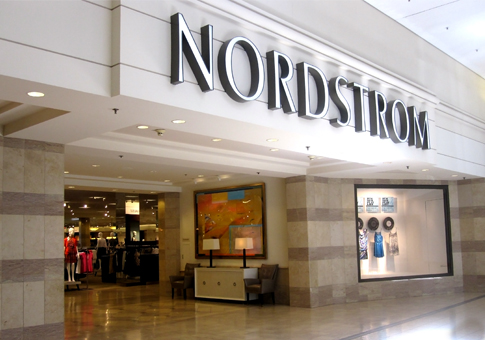|
RAPAPORT... U.S. jewelry store sales rose 9 percent year on year in July to $2.223 billion, continuing the strong growth trend that began in November 2012. However, the consumer price index (CPI) for jewelry in July jumped 4 percent, marking the greatest gain of the year so far.
For the first seven months of 2013, jewelry store sales have risen 9.5 percent year on year to $17.255 billion, while the CPI has been basically flat, down 0.8 percent. The strongest month for store sales growth has been April, when store sales skyrocketed 21.6 percent, followed by January with an increase of 13.4 percent and March with a 10.6 percent improvement.
In contrast, U.S. department store sales have had a very difficult year. Advanced sales estimates for the sector in August fell 4.9 percent to $14.5 billion. So far this year, department store sales slid 8 percent in February, dropped 7 percent in April and declined 6 percent in March, June and July. Sales in May slipped 2 percent. For the January through August period, department store sales have declined 5.1 percent year on year to $106.3 billion. 
Meanwhile, unadjusted estimates for nonstore retail sales, including online sales, jumped 9.1 percent to $36 billion in August. Estimates for retail and food services combined, excluding motor vehicles and parts, rose 3.5 percent to $354.1 billion in August. Retail trade sales improved 4.8 percent.
Sterne Agee's chief economist, Lindsey Piegza, concluded that retail sales fell short of analysts expectations for month-to-month growth in August. Retail sales barely rose 0.2 percent in August compared with July, which was less than the 0.5 percent consensus forecast. Stronger categories during the month included furniture, electronics and health and personal care. But clothing, sporting goods, general merchandise and building materials declined compared with sales in July.
''The first key economic report since Friday’s employment, this morning’s retail sales report was disappointing as back-to-school shopping fell short. Aside from autos, consumers were hesitant to loosen their purse strings, cutting back on non-essential, discretionary purchases. Consumption has been lackluster volleying at a near 2 percent rate through the first half of the year. With income growth of less than 1 percent and waning momentum in the jobs market, consumption is likely to falter further. And while the Fed isn’t necessarily watching the monthly retail sales data as a catalyst to policy change, a slowdown in spending is indicative of underlying weakness,'' Piegza wrote in a note to clients.
Sterne Agee noted that the annual rate for the producer price index (PPI) was 1.4 percent, remaining well below the Fed’s target of 2 percent. On an annual basis producer prices have remained stable, hovering around a 1.5 percent rate on average since late 2012. Slower global growth and uneven domestic demand continues to result in a diminished demand for raw materials, translating into subdued prices. From the Fed’s standpoint inflation fears are taking a back seat at this stage of the game, Piegza said.
The National Retail Federation (NRF) concluded that ''slow growth'' continues to be the economic story five years after the financial crisis. NRF's president, Matthew Shay, said. “The economy, employment, wages and retail sales continue to stagger along. Retailers and consumers are resilient but not overly optimistic about the broader economy. While positive retail sales growth continues month after month, it is just not strong enough to move the needle.”
NRF's chief economist, Jack Kleinhenz, defined August's retail sales as tepid. “Retail sales and employment, while measurably positive, have been disappointing over the last few months and have been difficult to reconcile with consumer confidence. The data suggests that consumers remain cautious with their pocketbooks and purchases. This month’s weak retail sales report will continue to put pressure on policymakers, who are dealing with tapering, and retailers, who will need to focus on price and value to entice consumer spending,” he noted.
|